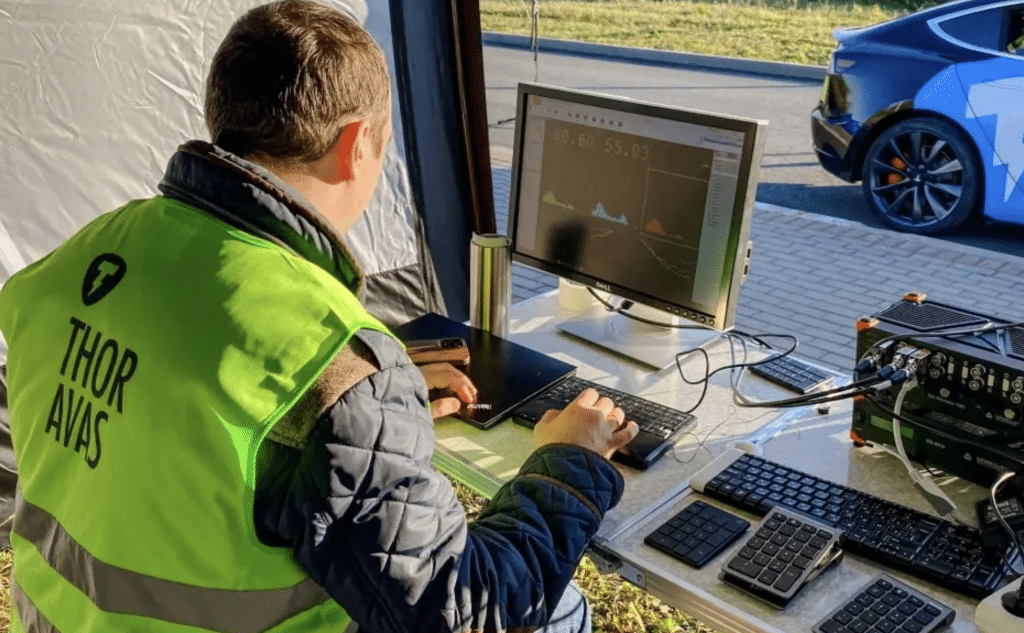For compliance with Building Regulations, acoustic testing must be conducted by a qualified acoustic engineer. Acoustic experts performing these tests must be accredited to conduct them by an organisation (such as UKAS or the Association of Noise Consultants). These acoustic testing experts will use expensive specialised equipment to perform the tests.
Do I need to have a sound insulation test?
You may not have realised that your property needs to have a sound test conducted. If you are constructing a residential building with two or more units, you will need to complete an acoustic test of this nature. There are various property types that may be excluded from this testing scheme. However, even properties like schools are included in the testing scheme. Furthermore, schools and other local venues, like church halls and other venues to hire for the public, are all subject to the regulations requiring acoustic testing.
Some examples include a nursing home, hotel room or hostel. You will also need to have a sound insulation test done if you convert a single development into flats or use designs that do not have complete details.
What equipment will an acoustic tester use?
The most important equipment for a sound tester to have is a class 1 sound level meter. This essential piece of kit costs several thousand pounds but is necessary for the tester to do their job. It is used to take a series of measurements throughout the process, which determines whether the acoustics of a building are in line with regulations. They will also use a specialised tapping machine that makes an impact sound by dropping metal hammers. This is used within the test to measure impact sound. Acoustic engineers will also need loudspeakers and hearing protection to complete their work.
Why do acoustic experts use this equipment?
Certified engineers conduct tests to meet the current guidelines, as stipulated by Building Regulation. This is done in residential buildings to see if they comply with the minimum measure of sound insulation between dwellings. The equipment will be used, testing all rooms that can be lived in, such as lounges, kitchens, bedrooms and living rooms.
How do acoustic experts use this equipment?
Airborne sound tests
Sound insulation tests are conducted by putting a speaker or two in the ‘source’ room. These play white or pink noise at an extremely high amplitude, around 95 – 110 dB(A). The acoustic engineer will need to wear hearing protection to protect his ears from damage.
The engineer will need their sound level meter to take a series of measurements, first from in the source room. Leaving the speaker playing, they will then go to the neighbouring room and take further measurements. This is called the ‘receiver’ room.
After turning off the speaker, the tester will also measure the reverberation time. The sound level meter is used again to calculate the time taken for sound to decay by 60 dB. Any abrupt noise can make the sound. For example, they may pop a balloon or turn the speaker on and quickly off again. Then a test is performed to measure background noise.
Impact sound tests
After that, the acoustic expert will measure impact sound insulation tests using a tapping machine. This machine is set on the floor and does exactly what you’d expect.
Once turned on, it begins tapping. The acoustic consultant will then go downstairs to measure using the sound level meter in the room below. The acoustic engineer will measure both the reverberation time and background noise in the receiver room, just as with airborne sound tests.
Using each of these pieces of equipment to conduct these tests and putting all the measurements together enables the expert to calculate the acoustic performance of a building and determine whether it reaches the sound insulation targets required.

